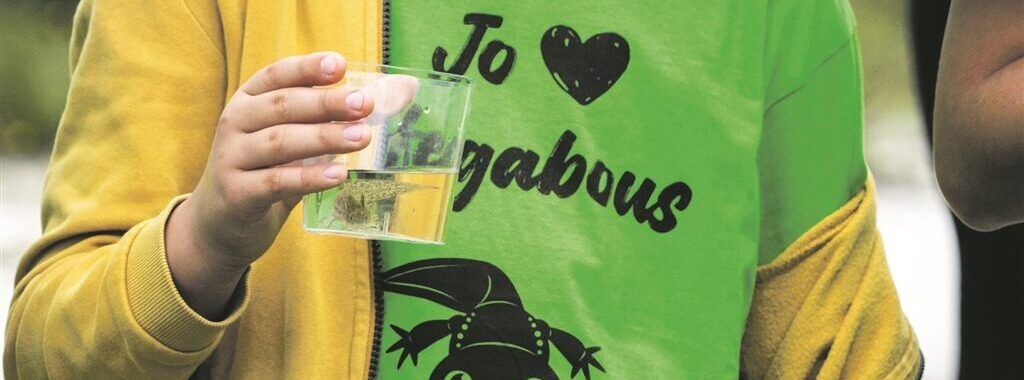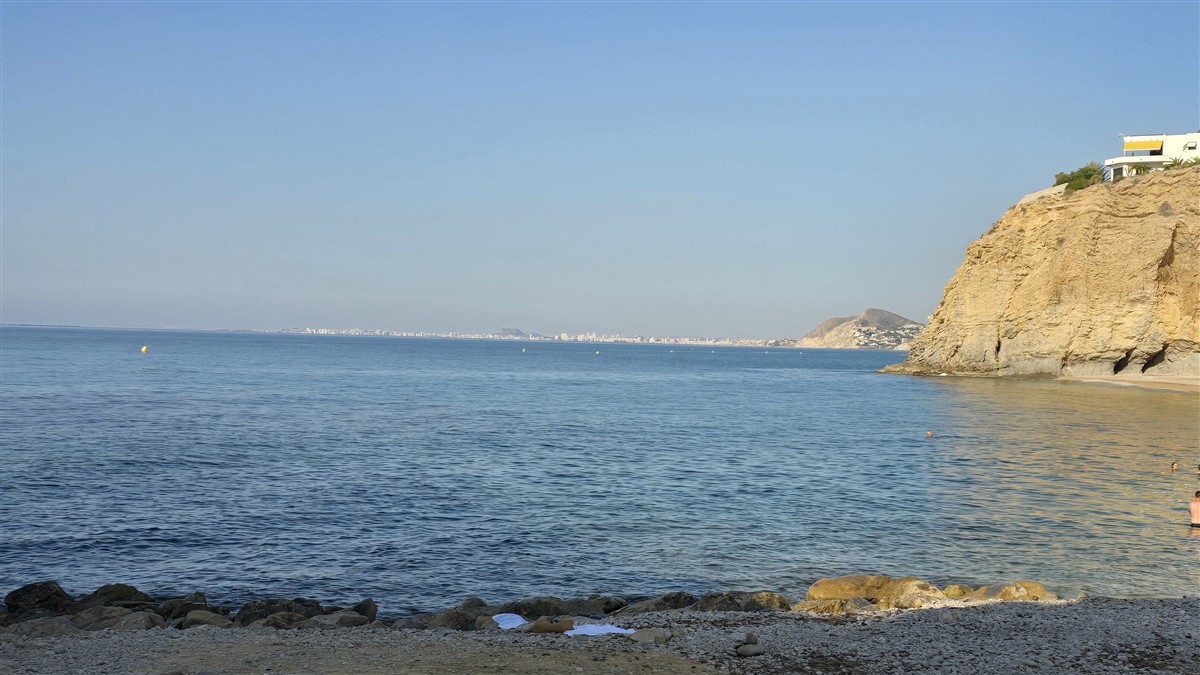
Bioparc Valencia - nature experience for families & children
Bioparc Valencia - Nature experience for families & children CBM excursion tip - A day at Bioparc Valencia -Although not directly in the

ADVERTISEMENT
It's a long way up. The hairpin bends wind their way through pine groves and rock formations until the silhouette of the fortress emerges between low vegetation and the first remains of the wall. But those who make the effort will be rewarded - not with a touristy aha moment, but with real material for history buffs. The castle complex above Xàtiva has not only survived for centuries, it has helped write them.
Two fortresses, one backbone: Castell Menor and Castell Major stretch across the mountain ridge like a spine. Iberian origins, Roman foundations, Moorish architecture and Christian conversions and extensions - what stands here is a stone palimpsest. What has been preserved is astonishing: battlements, towers, defences, chapels, cisterns - and also a prison wing in which political opponents were imprisoned for centuries. Anyone entering the narrow cells immediately realises that these walls were not only intended to protect against enemies, but also to demonstrate power.
Inside, things are less romantic than in many other castles in Spain. Xàtiva was never a decoration, but a tool of power. Military efficiency instead of courtly splendour. The Plaza de Armas was a parade ground, not a banqueting hall. The chapel of Santa María - simple, functional. Everything breathes function.
In addition to the building fabric, the small castle museum also provides insights into the use of the complex. Models, artefacts and multimedia stations illustrate how the castle has changed over the centuries and what role it has played in the history of the region - not only strategically, but also symbolically.
And then there is another name that is inextricably linked to Xàtiva: Borja. The family, later known under the Italianised name Borgia, has its roots here. Alfonso de Borja - Pope Calixt III - and his nephew Rodrigo, who as Alexander VI became one of the most notorious popes in church history, rose to the highest ranks in Europe from Xàtiva. Whether they were actually born in the castle is disputed, but the fact that their origins are closely linked to the town is undisputed.
Today, it is no longer the Vatican that visits Xàtiva, but hikers, school classes and curious residents. The castle is not an insider tip - but neither is it an overcrowded postcard motif. It is accessible, tangible - and it is not a museum, it is one. Not a medieval spectacle, but a small restaurant in the former guardhouse - with a terrace, panoramic view and catering facilities. If you go through the main gate, you don't end up in a cliché, but in history.
The view from the Castell Major stretches far and wide. But it's not so much the view as the insight that makes this place special. Anyone who invests half a day - with a water bottle, sun hat and a reasonably healthy condition - will get something back: a sense of how complex, contradictory and multi-layered this region was and is.
The castle of Xàtiva is not a place to pass through quickly. Anyone travelling here will come across a prison, a simple chapel and a small museum - all without gimmickry, but with a clear message: this was about power, control and everyday life. No pomp, no pathos - just history that doesn't impose itself on you, but stays with you.

Bioparc Valencia - Nature experience for families & children CBM excursion tip - A day at Bioparc Valencia -Although not directly in the

Tonight - Castell de l'Olla - Altea lights up the sky Summer highlight on the Costa Blanca - best views

The most beautiful summer spots on the Costa Blanca Five recommendations away from the crowds - with shade, charm and local colour. When the